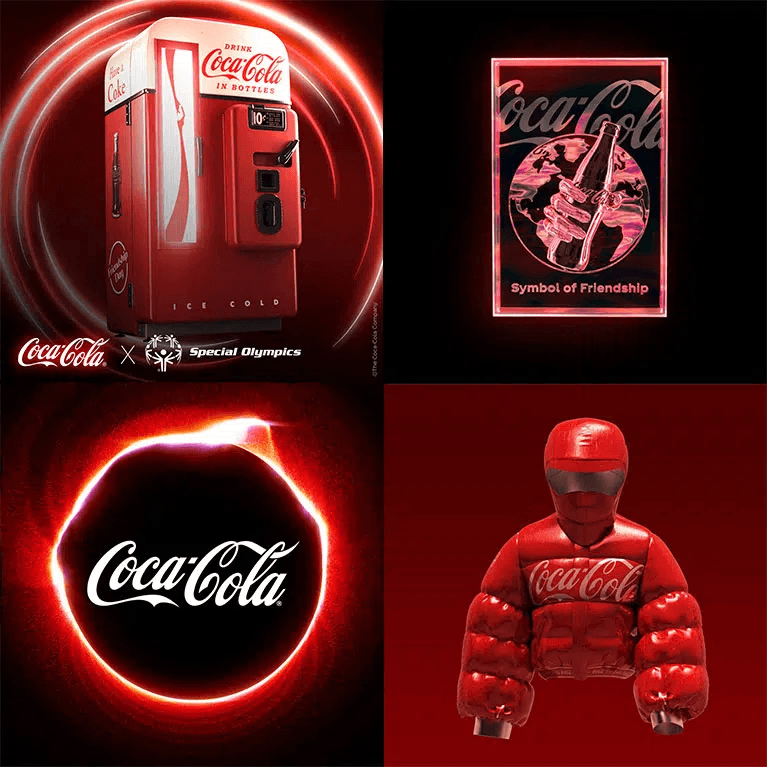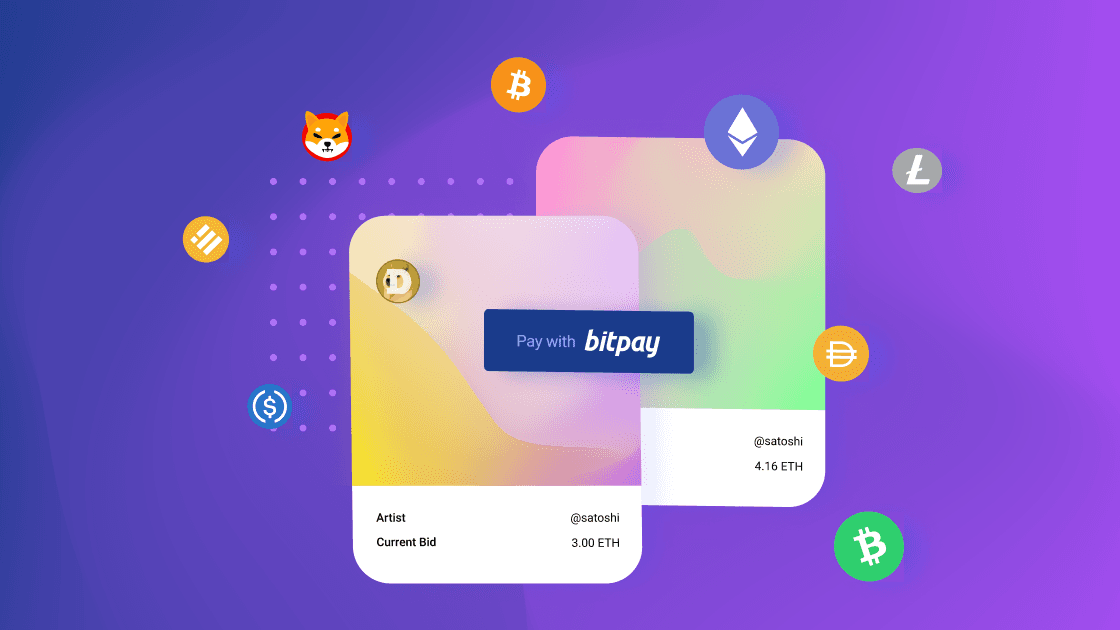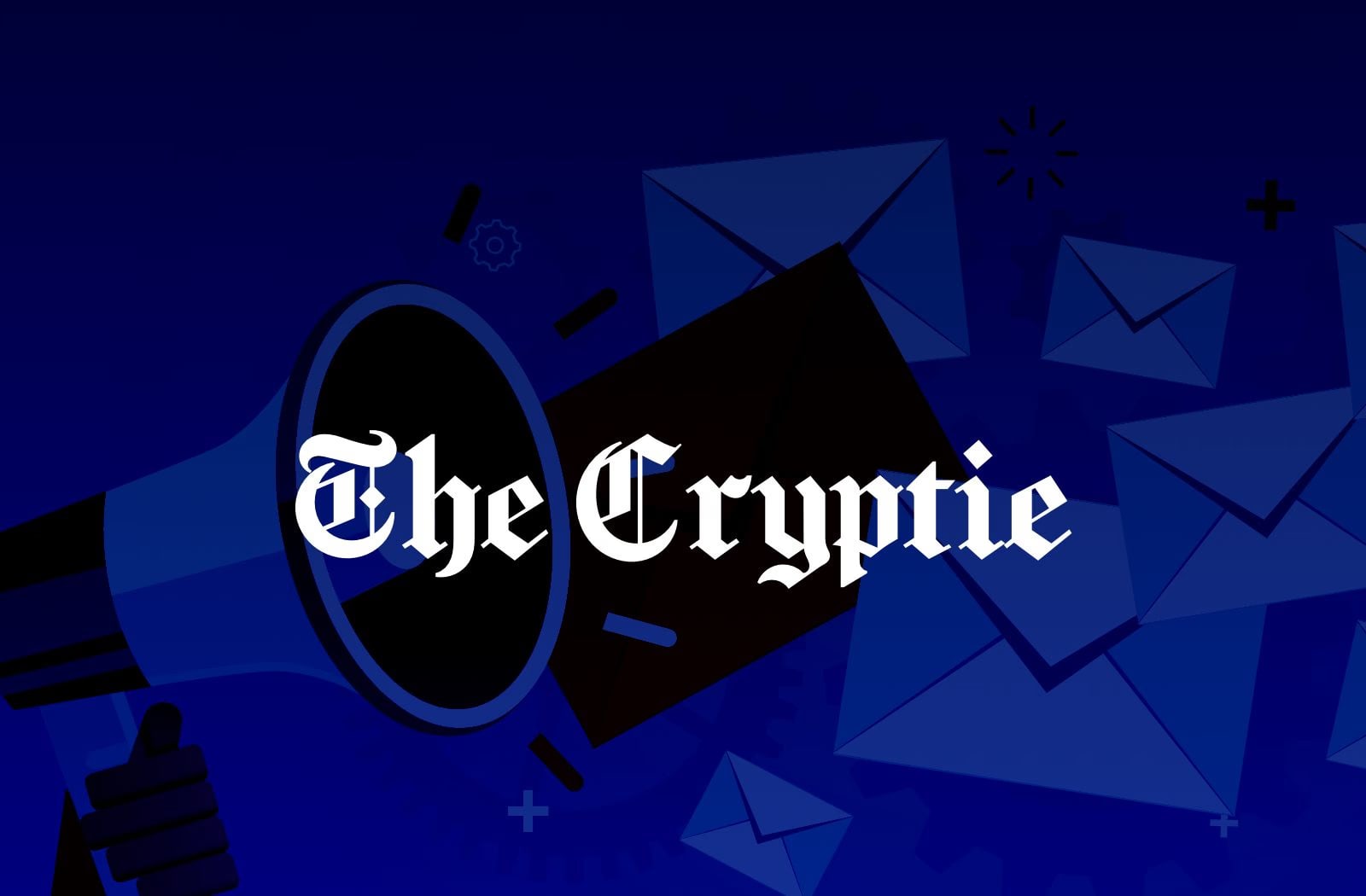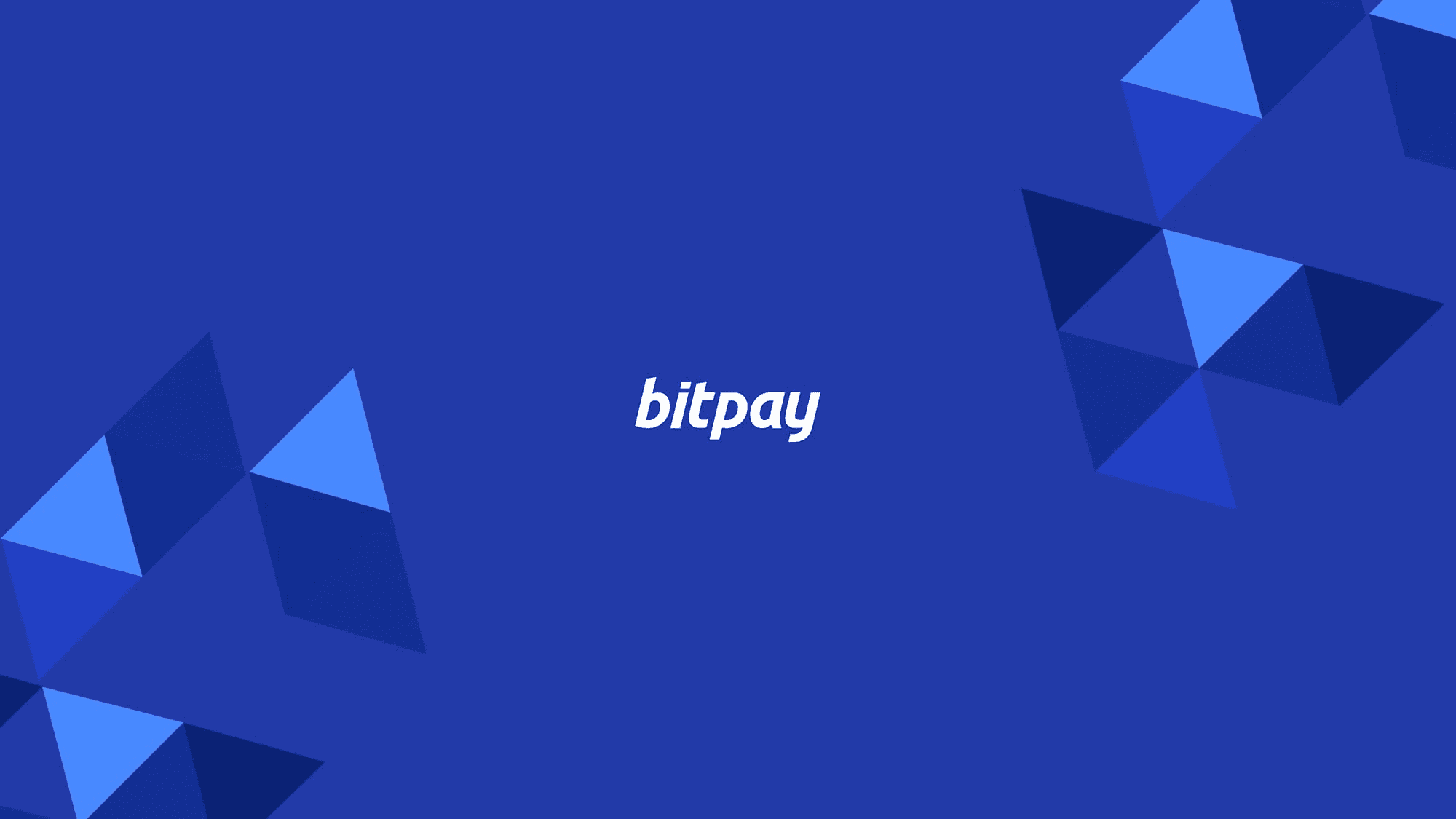January 6, 2022
How to Make and Sell NFTs (for Businesses)
By now you may know what NFTs are and how businesses are using them to connect with a unique community of customers. Jump into the blockchain world by making and selling your own NFTs. Want to accept crypto for your NFTs? BitPay makes it easy. Contact us to get started.
What are NFTs again? NFT stands for non-fungible token. An NFT is a unique digital asset represented by data stored on the blockchain. It can represent tangible and intangible items. The most popular NFTs to date have represented digital items like art, but NFTs can be used to show ownership of a physical item like a pair of exclusive sneakers or even a piece of real estate.
Related article: What is an NFT? NFTs Explained
Why Should I Make and Sell NFTs?

Coca-Cola's Friendship Lootbox NFT, which benefited the Special Olympics
If your business is considering making and selling NFTs, consider this.
The world’s leading brands like Coca-Cola and Taco Bell are actively creating NFTs
NFTs offer multiple uses including community building, cause marketing, smarter promotions, virtual accessories, and certifying the authenticity of physical items
Related article: How Brands are Using NFTs for Marketing and Much More
Want to accept crypto for NFTs? BitPay makes it easy.
How to Make an NFT

NFTs can take many forms. In this case, we’ll review how to create an NFT in its most popular form, digital art.
Step 1: Choose Your Digital Asset
NFTs can take the form of art, videos, music, soundscapes, collectibles, memes, animated GIFs, and so much more. Choose something you want to represent your brand and resonate with your audience. One important note is that you must own the intellectual property rights to your item. Minting an NFT with property you don’t own can land you in trouble.
Step 2: Decide Which Blockchain You Want to Use
Before you can create your NFT (also known as “minting”), you will choose which blockchain the NFT will live on. The most popular choice for NFT creators is Ethereum. Whichever blockchain you choose will also be how your customers typically purchase the NFT. BitPay can help convert Ethereum purchases into cash for your business, eliminating all risk and complexity in accepting cryptocurrency. Read more about our NFT payment solution.
Step 3: Create a wallet to store your NFTs
Like cryptocurrency, NFTs are digital assets that live on the blockchain. You need to store digital assets in a crypto wallet. Popular wallets to store your NFTs include Metamask, Trust Wallet, and Coinbase.
Step 4: Mint Your NFT
Minting is the process of transforming your file into a digital asset that lives on the blockchain. You generally have two choices on how to create an NFT.
Leverage a marketplace (less technical) - Specialized NFT marketplaces like OpenSea and Rarible are gaining popularity. Many marketplaces operate as a one stop shop where you can mint (the act of digitizing your asset) and list your NFT for sale. A community of NFT supporters then have the option to buy and trade within that marketplace.
Mint the NFT yourself (more technical) - While minting your own NFT is doable, it is not suggested for beginners.
Step 5: Release and Distribute Your NFT
What good does an NFT provide if no one knows about it? A few popular distribution strategies you can use are:
Sell for a flat rate - This can be an easy way to make your NFTs accessible to your usual customer base (see Pringles CryptoCrisp rollout)
Auction off to highest bidders - Many brands choose to donate proceeds to a non-profit organization or cause (see Coca-Cola’s Friendship Lootbox)
Give away for free on a limited basis - If you want to drum up quick attention, this can be a good way to promote your brand’s NFTs (see McLaren Racing Collective).
Whichever distribution method you choose, BitPay can support your NFT release by facilitating crypto payments for your NFT.
Start releasing NFTs and accept crypto. BitPay makes it easy.
Note: All information herein is for educational purposes only, and shouldn't be interpreted as legal, tax, financial, investment or other advice. BitPay does not guarantee the accuracy, completeness, or usefulness of any information in this publication and we neither endorse, nor are we responsible for, the accuracy or reliability of any information submitted or published by third parties. Nothing contained herein shall constitute a solicitation, recommendation, endorsement or offer to invest, buy, or sell any coins, tokens or other crypto assets. BitPay is not liable for any errors, omissions or inaccuracies. For legal, tax, investment or financial guidance, a professional should be consulted.





